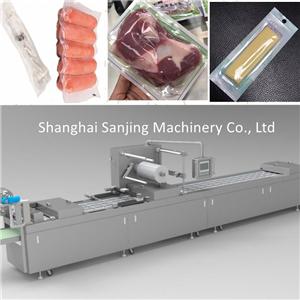Global Packaging Trends
Recently, Mintel, the world's leading independent market research and consulting firm, released Global Packaging Trends 2019, revealing four major trends affecting the global packaging industry in 2019 and the future. identify the challenges and opportunities that will affect manufacturers, companies, brands and retailers in the global packaging industry in the future.
Interconnected packaging
Interconnected packaging a variety of technologies help brands connect physical packaging with the virtual world.
Internet packaging can provide added value for consumers, bring a unique shopping experience, and meet the needs of consumers for interactive and personalized shopping.
Internet packaging can be used to build brand stories, provide specific product information, and give promotional offers and discounts.
Recycling
Consumers have been recycling some packaging for years. However, they are now asking for more recycling and want to really understand how recycling works.
Some people may have formed the habit of recycling, but for others, the lack of convenient ways to clean and sort waste is an obstacle to recycling. In view of this phenomenon, more and more recycling programs pay attention to reward recycling behavior.
Reshape the packing box
More and more consumers are shopping online, brand e-commerce packaging and packaging strategies are changing the face of the industry.
In traditional retail, the brand tonality displayed on the outside of the packaging and the information conveyed are important purchase considerations. In e-commerce, brands gradually realize that the information transmission of secondary (or transportation) packaging should be separated from brand promotion, and the traditional decoration should be transferred and copied to the interior. This reverse design element can surprise consumers when they receive and open online shopping products.
Zero plastic
With the increasing popularity of zero plastic channels in supermarkets, brands need to consider which packaging solutions can help them occupy a place on the shelves.
Zero plastic packaging stores offer bulk, unpackaged products. Shoppers need to carry their own containers, and the products are weighed and sold. Consumers can only buy the amount of products they need to avoid waste of food and packaging. Such stores usually mainly sell practical goods and some liquid beauty and household products.
Behind the zero plastic channel, consumers are constantly disturbed by excessive plastic packaging. However, few people are willing to give up the convenience and advantages of plastic packaging. Brands and retailers need to be aware of the business opportunities of zero plastic packaging, and the removal of plastic will not affect the storage or use of products.




